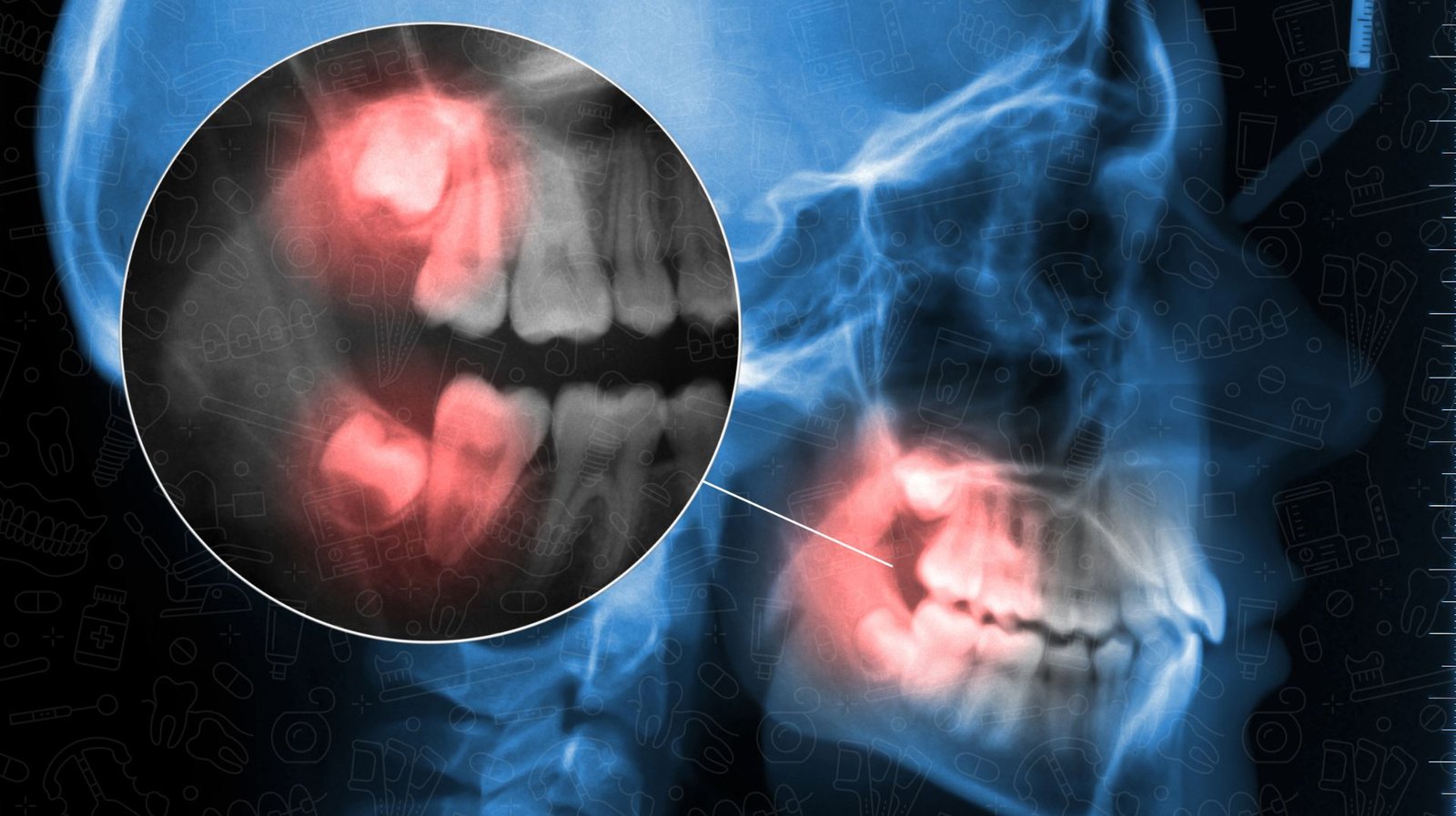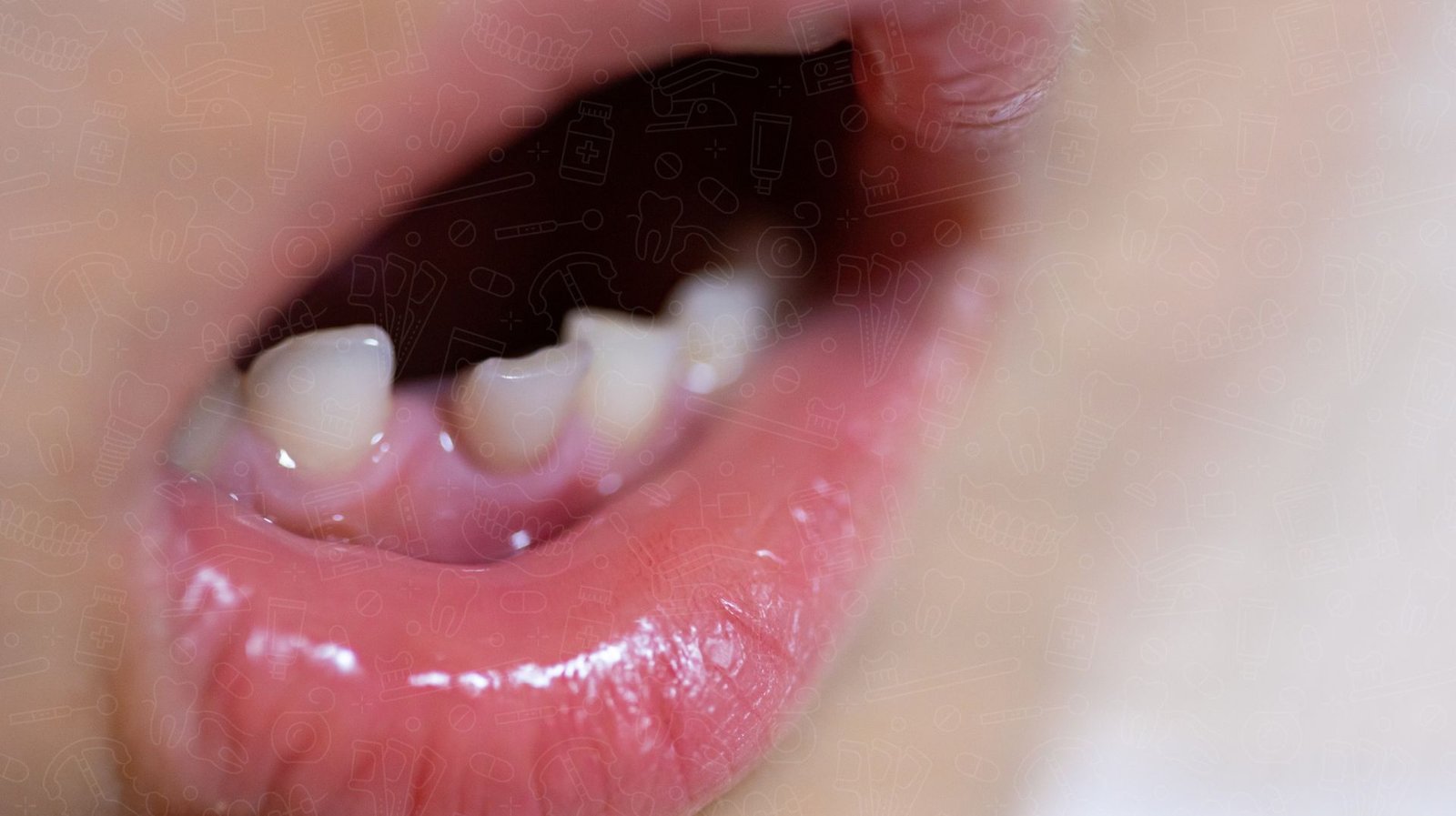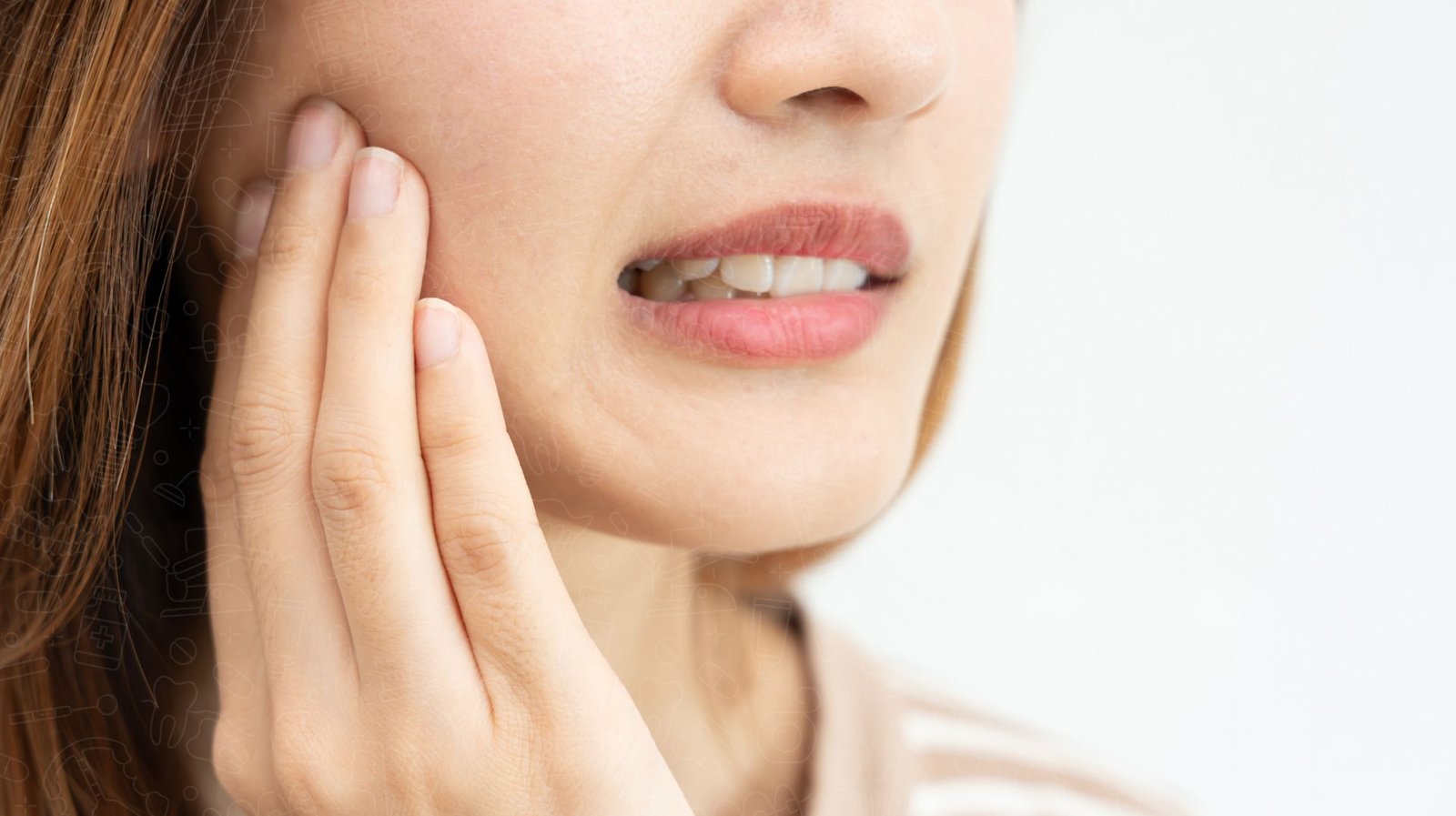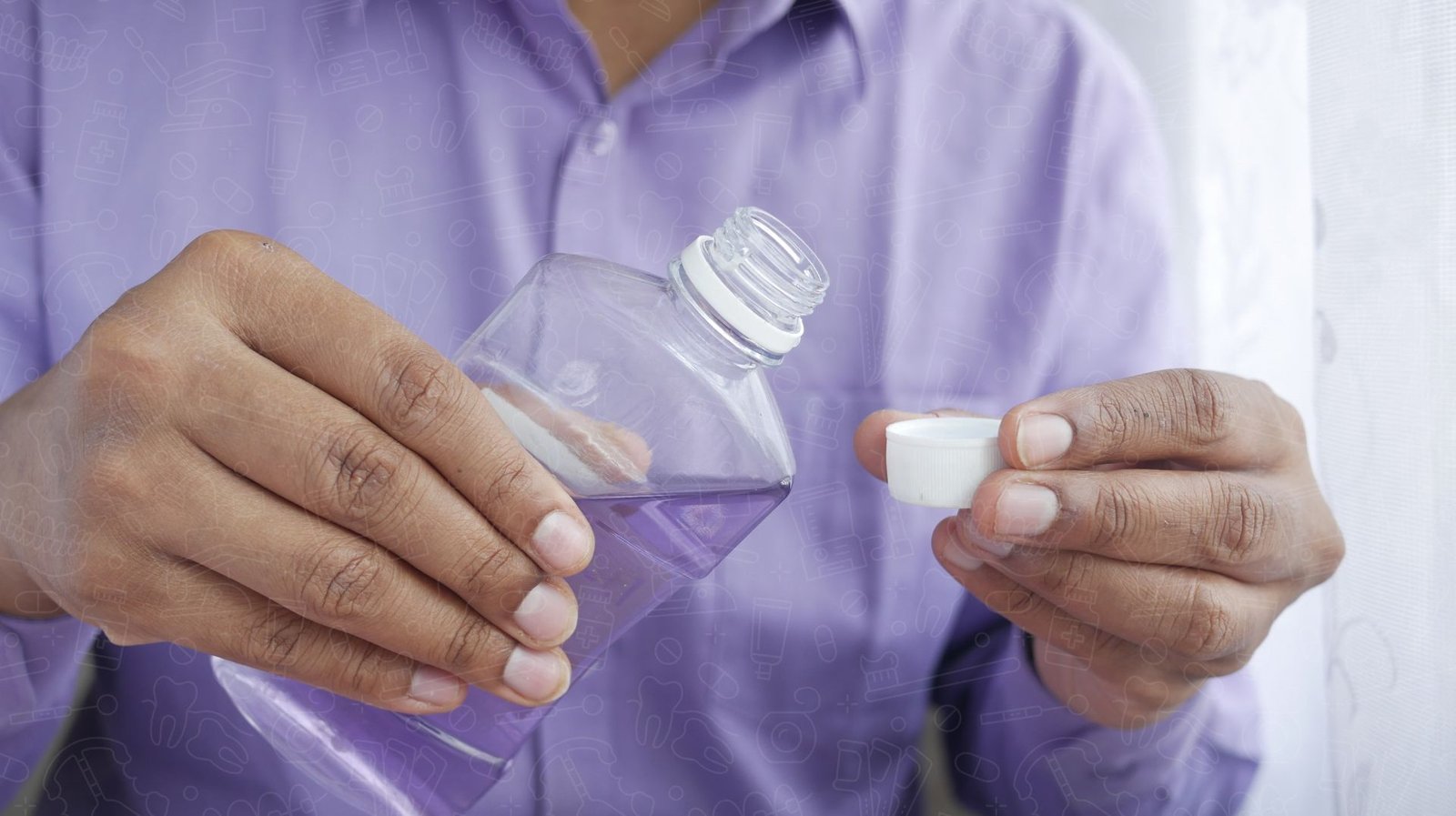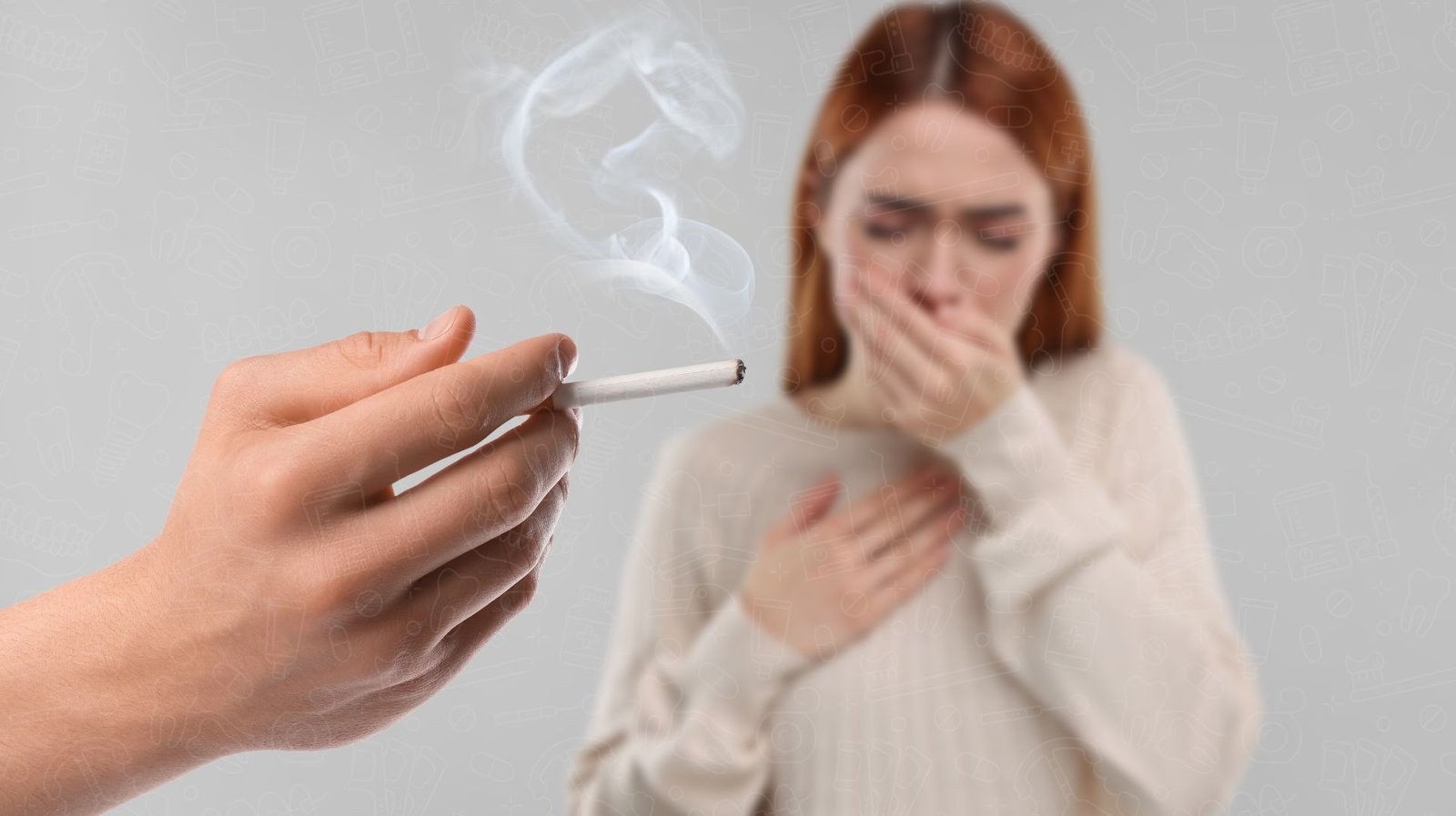I. Introduction
The Desire for a Dazzling White Smile
A bright, white smile is often associated with beauty, health, and success. It’s a feature that can boost self-confidence and leave a lasting impression in both personal and professional settings. As a result, many people are eager to achieve that perfect smile, making teeth whitening one of the most sought-after cosmetic dental treatments worldwide.
Overview of Teeth Whitening
Tooth-whitening involves various methods designed to remove stains and discoloration from the teeth, enhancing their natural brightness. These methods range from simple, over-the-counter products to advanced treatments performed by dental professionals. Whether through bleaching toothpaste, strips, or professional bleaching, the goal is to achieve a brighter, more radiant smile.
Importance of Safe and Effective Teeth Bleaching Methods
While the desire for a whiter smile is strong, it’s crucial to approach bleaching with care. Not all teeth bleaching methods are created equal, and some can potentially harm your teeth if not used correctly. Choosing safe and effective bleaching techniques ensures that you achieve the desired results without compromising your oral health.
II. Understanding Teeth Discoloration
Common Causes of Teeth Discoloration
Several factors contribute to the discoloration of teeth, leading to a less-than-ideal smile.
Dietary Factors (Coffee, Tea, Red Wine, etc.)
Certain foods and beverages are notorious for staining teeth. Coffee, tea, red wine, and dark-colored fruits contain chromogens, which are pigment-producing substances that adhere to the enamel and cause discoloration over time.
Smoking and Tobacco Use
Tobacco products, including cigarettes and chewing tobacco, contain tar and nicotine, which can stain teeth yellow or brown. The more you smoke or use tobacco, the more pronounced the stains become.
Aging and Enamel Wear
As we age, the enamel on our teeth naturally wears down, revealing the yellowish dentin beneath. This process can cause teeth to appear darker and less vibrant.
Medications and Medical Conditions
Certain medications, such as tetracycline antibiotics, can cause intrinsic stains within the tooth structure. Additionally, some medical conditions and treatments, such as chemotherapy, can lead to discoloration.
Types of Discoloration
Extrinsic Stains (Surface Stains)
Extrinsic stains affect the outer layer of the tooth, known as the enamel. These stains are typically caused by external factors like food, drinks, and tobacco use. They are usually easier to remove with teeth bleaching treatments.
Intrinsic Stains (Deep Stains)
Intrinsic stains occur within the inner structure of the tooth, called dentin. These stains can be caused by aging, trauma, or certain medications. Intrinsic stains are more challenging to treat and may require professional whitening procedures.
The Science Behind Teeth Bleaching
How Teeth-Whitening Agents Work
Whitening agents, such as hydrogen peroxide or carbamide peroxide, work by breaking down stains into smaller, less concentrated molecules. This process lightens the color of the teeth and reduces the appearance of discoloration.
The Role of Enamel and Dentin
The enamel is the hard, outer surface of the tooth that protects the softer dentin underneath. While enamel can stain over time, it is the underlying dentin that can give teeth a yellowish hue as it becomes more visible through worn enamel. Effective teeth bleaching targets both the enamel and the dentin to produce a brighter smile.
III. At-Home Teeth-Whitening Techniques
Tooth Whitening Toothpaste and Mouthwash
How They Work and Choosing the Best Tooth Whitening Products
Whitening toothpaste and mouthwash contain mild abrasives and low concentrations of bleaching agents that help remove surface stains. While they are not as potent as professional treatments, they can be effective for maintaining whiteness after a more intensive teeth bleaching procedure. Choose products with the ADA (American Dental Association) Seal of Approval to ensure safety and effectiveness.
Tooth Bleaching Strips and Gels
Proper Use and Effectiveness
Whitening strips and gels are popular at-home options for teeth bleaching. These products contain peroxide-based bleaching agents that penetrate the enamel to lighten stains. For best results, follow the instructions carefully, ensuring even application to avoid uneven bleaching.
DIY Teeth-Whitening with Baking Soda and Hydrogen Peroxide
Safe Application and Potential Risks
Baking soda is a mild abrasive that can help remove surface stains, while hydrogen peroxide is a natural bleaching agent. Mixing the two to create a paste can be an effective bleaching method. However, use this technique sparingly, as excessive use can erode enamel and lead to sensitivity.
Activated Charcoal for Natural Whitening
Benefits and Precautions
Activated charcoal is believed to absorb plaque and surface stains, making it a popular natural bleaching remedy. To use, wet a toothbrush, dip it in activated charcoal powder, and brush gently. However, it’s important to note that the abrasive nature of charcoal can wear down enamel, so it should be used with caution.
Oil Pulling for Gradual Whitening
How It Works and Tips for Success
Oil pulling is an ancient practice that involves swishing oil, usually coconut oil, in your mouth for 15-20 minutes. This method helps reduce bacteria and plaque, leading to a gradual whitening effect. It’s a safe and natural way to support oral health, but results take time and consistency.
IV. Professional Whitening Options
In-Office Whitening Treatments
What to Expect and Results
In-office bleaching treatments are performed by dental professionals and offer the most dramatic results. These treatments typically use a high concentration of peroxide gel, which is applied to the teeth and activated by a special light or laser. Results are often visible immediately after the treatment.
Custom-Made Whitening Trays
Benefits of Dentist-Supervised Whitening
Custom-made bleaching trays are created by your dentist to fit your teeth precisely. These trays are filled with a professional-grade whitening gel and worn for a specific amount of time each day. This method offers the advantage of professional supervision, ensuring that the whitening is effective and safe.
Laser Whitening
Advanced Technology for Quick Results
Laser whitening is an advanced procedure that uses laser energy to enhance the effectiveness of the whitening gel. The laser helps the gel penetrate deeper into the teeth, achieving faster and more dramatic results. This option is ideal for those looking for quick, noticeable improvements.
Pros and Cons of Professional vs. At-Home Whitening
Cost, Time, and Effectiveness Comparison
Professional teeth bleaching treatments offer faster and more significant results but come at a higher cost. At-home methods are more affordable and convenient but may require more time to achieve the desired results. It’s important to weigh the pros and cons of each option based on your specific needs and budget.
V. Maintaining White Teeth After Bleaching
Dietary Adjustments
Foods and Drinks to Avoid for Longevity of Results
To maintain your newly whitened teeth, it’s essential to avoid or limit foods and drinks that can stain your teeth, such as coffee, tea, red wine, and dark berries. If you do consume these, rinsing your mouth with water afterward can help minimize staining.
Regular Oral Hygiene Practices
Brushing, Flossing, and Using Fluoride Products
Maintaining a consistent oral hygiene routine is crucial for keeping your teeth white. Brush twice a day with a fluoride toothpaste, floss daily to remove plaque, and use a fluoride mouthwash to strengthen enamel and prevent new stains from forming.
Using a Straw to Prevent Stains
Drinking stain-causing beverages through a straw can help prevent the liquid from coming into contact with your teeth, reducing the risk of staining.
Regular Dental Check-Ups and Cleanings
Regular dental visits are essential for maintaining a white smile. Professional cleanings remove surface stains and plaque that regular brushing may miss, keeping your teeth bright and healthy.
Touch-Up Treatments and When to Consider Them
Depending on your lifestyle and dietary habits, you may need touch-up treatments to maintain your whitening results. At-home whitening kits or occasional professional treatments can help keep your smile looking its best.
VI. Teeth-Whitening Myths and Facts
Myth 1: Whitening Weakens Teeth
Fact: Whitening, when done correctly and under professional supervision, does not weaken teeth. The bleaching agents used in these treatments are safe and designed to work without damaging the enamel.
Myth 2: All Teeth-Whitening Methods Are the Same
Fact: Not all bleaching methods are created equal. Professional treatments tend to offer faster and more effective results compared to over-the-counter products due to the higher concentration of whitening agents used.
Myth 3: Natural Tooth Bleaching Methods Are Always Safe
Fact: While natural methods like baking soda and activated charcoal are popular, they can be abrasive and harmful to enamel if overused. It’s essential to use these methods sparingly and consult with a dentist before trying new treatments.
Myth 4: Whitening Works on All Types of Stains
Fact: Bleaching is most effective on extrinsic stains caused by food, drinks, and smoking. Intrinsic stains, which occur inside the tooth, may require more advanced treatments like veneers or bonding to achieve desired results.
VII. Choosing the Right Whitening Method for You
Assessing Your Whitening Needs and Goals
The first step in choosing the right whitening method is to assess your specific needs and goals. Consider the severity of your stains, your budget, and how quickly you want to see results.
Consulting with a Dental Professional
Consulting with a dentist is crucial for determining the most appropriate bleaching method for your teeth. A professional can recommend the best options based on your oral health and desired outcome.
Balancing Budget, Time, and Desired Results
When choosing a whitening method, it’s important to balance cost, time commitment, and the results you want to achieve. Professional treatments may be more expensive but offer quicker results, while at-home methods are more budget-friendly but may take longer to work.
Combining Techniques for Optimal Whitening
For the best results, consider combining different whitening techniques. For example, you might use a professional treatment for an initial boost and then maintain your results with at-home products.
Impact of Whitening on Confidence and Personal Life
Whiter teeth can significantly boost confidence, leading to positive changes in both personal and professional interactions. Many people find that a bright smile enhances their self-esteem and overall quality of life.
VIII. Conclusion
Achieving a dazzling white smile is possible with the right approach. Whether you choose at-home methods or professional treatments, it’s important to use safe and effective bleaching techniques tailored to your needs.
Don’t let stained teeth hold you back from smiling confidently. With so many options available, there’s a bleaching solution for everyone.
A bright, white smile can enhance your appearance, boost your confidence, and improve your overall well-being. Investing in teeth whitening is an investment in yourself.
Start Your Whitening Journey Today
Ready to transform your smile? Start your whitening journey today by consulting with a dental professional or exploring safe at-home options. A dazzling white smile is just a few steps away!
